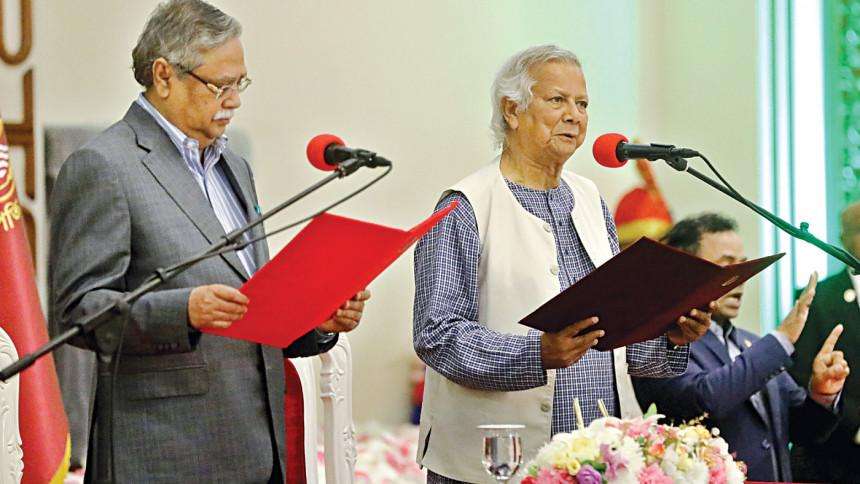In 2024, skilled workers who wish to expand internationally will have access to a range of work visas that provide entry points for employment and permanent residency in nations with stronger economies and better developed technology infrastructure.
These visas offer chances to work in a variety of industries, get priceless foreign experience, and lay the groundwork for permanent residency or citizenship.
See also: The three English-speaking nations where obtaining a work visa is the simplest
The top ten work visa routes for qualified workers in 2024 are listed below.
1. United States – H-1B Visa
The H-1B visa is a leading work visa for skilled professionals in technology, finance, and healthcare, allowing foreign workers to be employed in the United States for up to six years, with the possibility of extension or transitioning to permanent residency. H-1B visa holders can apply for a Green Card, enabling long-term residency and employment in the U.S. They can change employers if the new employer sponsors their H-1B visa. Additionally, spouses and children can accompany the visa holder under the H-4 visa, with spouses eligible for work authorisation.
2. Canada – Global Talent Stream (GTS) Visa
Canada’s Global Talent Stream (GTS) visa is part of the Global Skills Strategy and targets highly skilled workers in technology and other specialised fields. Known for its expedited processing, the GTS visa facilitates quick relocation to Canada, with applications typically processed within two weeks. GTS visa holders can transition to permanent residency through Canada’s Express Entry system. Spouses can obtain open work permits, and children can also accompany the visa holder.
3. Australia – Subclass 482 (Temporary Skill Shortage) Visa
Australia’s Subclass 482 visa, or Temporary Skill Shortage (TSS) visa, is designed for skilled workers who want to live and work in Australia for up to four years, with the visa being employer-sponsored and offering a pathway to permanent residency. TSS visa holders can apply for permanent residency through the Subclass 186 visa. Workers can change employers under specific conditions without losing their visa status. Family members can join the visa holder and have full work and study rights in Australia.
4. Germany – EU Blue Card
The EU Blue Card is a valuable work visa for highly skilled non-EU workers seeking employment in Germany or other EU member states (excluding Denmark, Ireland, and the UK). The Blue Card allows workers to move and work across the EU after 18 months and provides a pathway to permanent residency after 33 months, or 21 months with language proficiency. Spouses have immediate access to the labour market, and children can also join the visa holder.
5. United Kingdom – Skilled Worker Visa
The UK’s Skilled Worker visa, which replaced the Tier 2 (General) visa, is a key route for skilled professionals wishing to work in the UK, allowing them to stay for up to five years with a pathway to permanent residency. After five years, visa holders can apply for Indefinite Leave to Remain (ILR) and eventually UK citizenship. Visa holders can switch jobs within the same occupation code. Family members can live, work, and study in the UK.
6. Singapore – Employment Pass
Singapore’s Employment Pass is intended for foreign professionals, managers, and executives looking to work in the city-state. The visa is highly sought after due to Singapore’s robust economy and provides significant benefits to skilled workers. There are no specific quota restrictions for Employment Pass holders, who can also apply for permanent residency after several years of employment. Family members can join the visa holder on Dependent Passes, with spouses eligible to work.
7. New Zealand – Skilled Migrant Category Resident Visa
New Zealand’s Skilled Migrant Category Resident Visa allows skilled workers to live and work in the country indefinitely, with a direct route to permanent residency. Visa holders can reside and work in New Zealand without time restrictions and enjoy a high degree of freedom in choosing their employment. Family members can live, work, and study in New Zealand with full rights.
8. United Arab Emirates – Golden Visa
The UAE’s Golden Visa is a long-term residency visa designed for investors, entrepreneurs, and highly skilled professionals. This visa offers up to 10 years of residency with the option for renewal, and visa holders can own 100% of their business in the UAE without needing a local sponsor. Spouses and children can be included in the visa, with the option for renewal.
9. Japan – Highly Skilled Professional (HSP) Visa
Japan’s Highly Skilled Professional (HSP) visa is a points-based system targeting top professionals in fields such as academia, technology, and business management. This visa offers an accelerated pathway to permanent residency, allowing visa holders to apply after one to three years, depending on their points score. Visa holders can engage in various activities beyond their initial job description. Spouses can work, and children can study in Japan under this visa.
10. Netherlands – Highly Skilled Migrant Permit
The Netherlands’ Highly Skilled Migrant Permit is designed for non-EU nationals with the skills and qualifications to fill high-demand positions in the country. This visa provides a straightforward path to permanent residency and Dutch citizenship after five years. Visa holders can change jobs within the same category of employment. Family members have the right to live and work in the Netherlands.
Chisom Michael
Chisom Michael is a data analyst (audience engagement) and writer at BusinessDay, with diverse experience in the media industry. He holds a BSc in Industrial Physics from Imo State University and an MEng in Computer Science and Technology from Liaoning Univerisity of Technology China. He specialises in listicle writing about profiles, business, finance, travel, and world affairs, leveraging his skills in audience engagement analysis and data-driven insights to create compelling content that resonates with his readers.
_5.jpg)

_6.jpg)





.svg)

